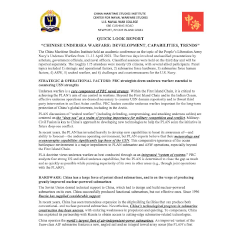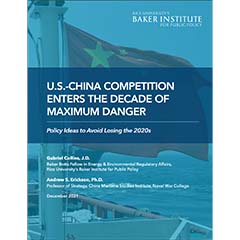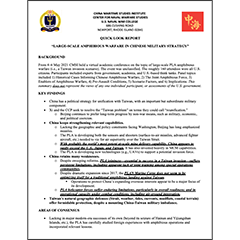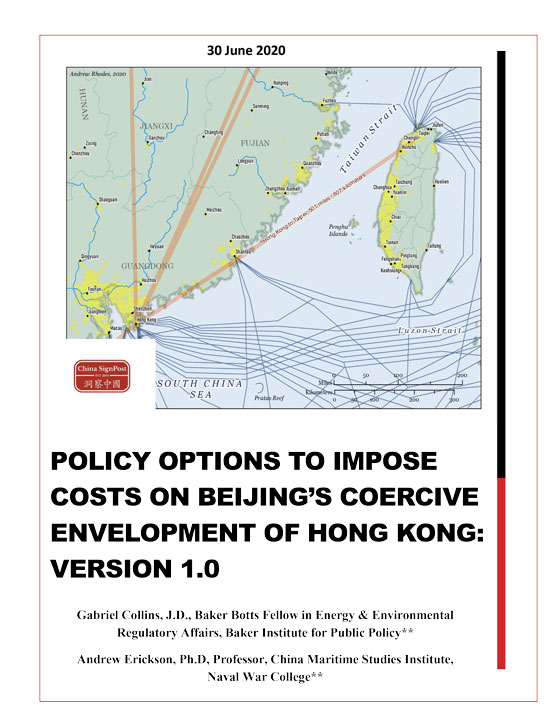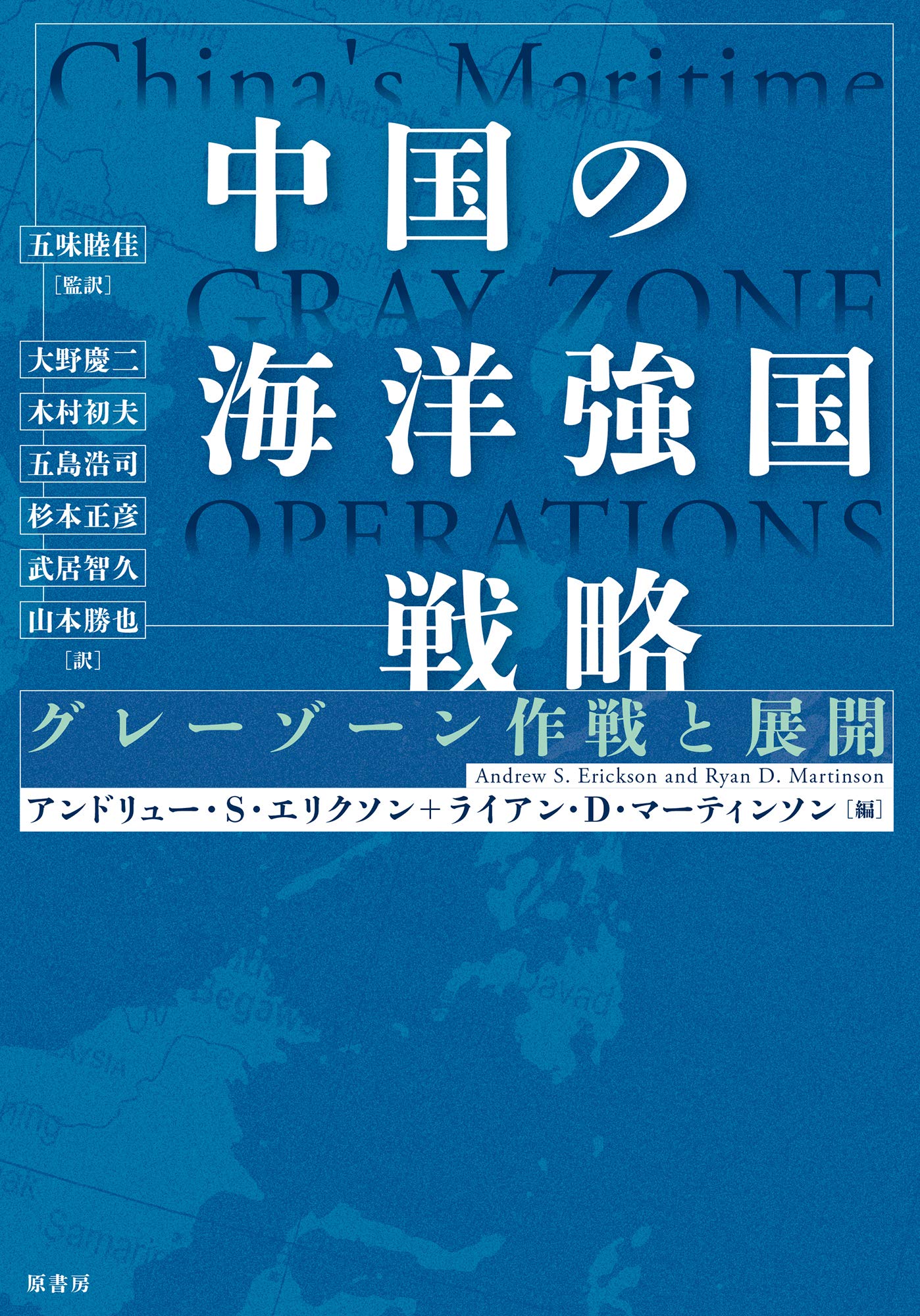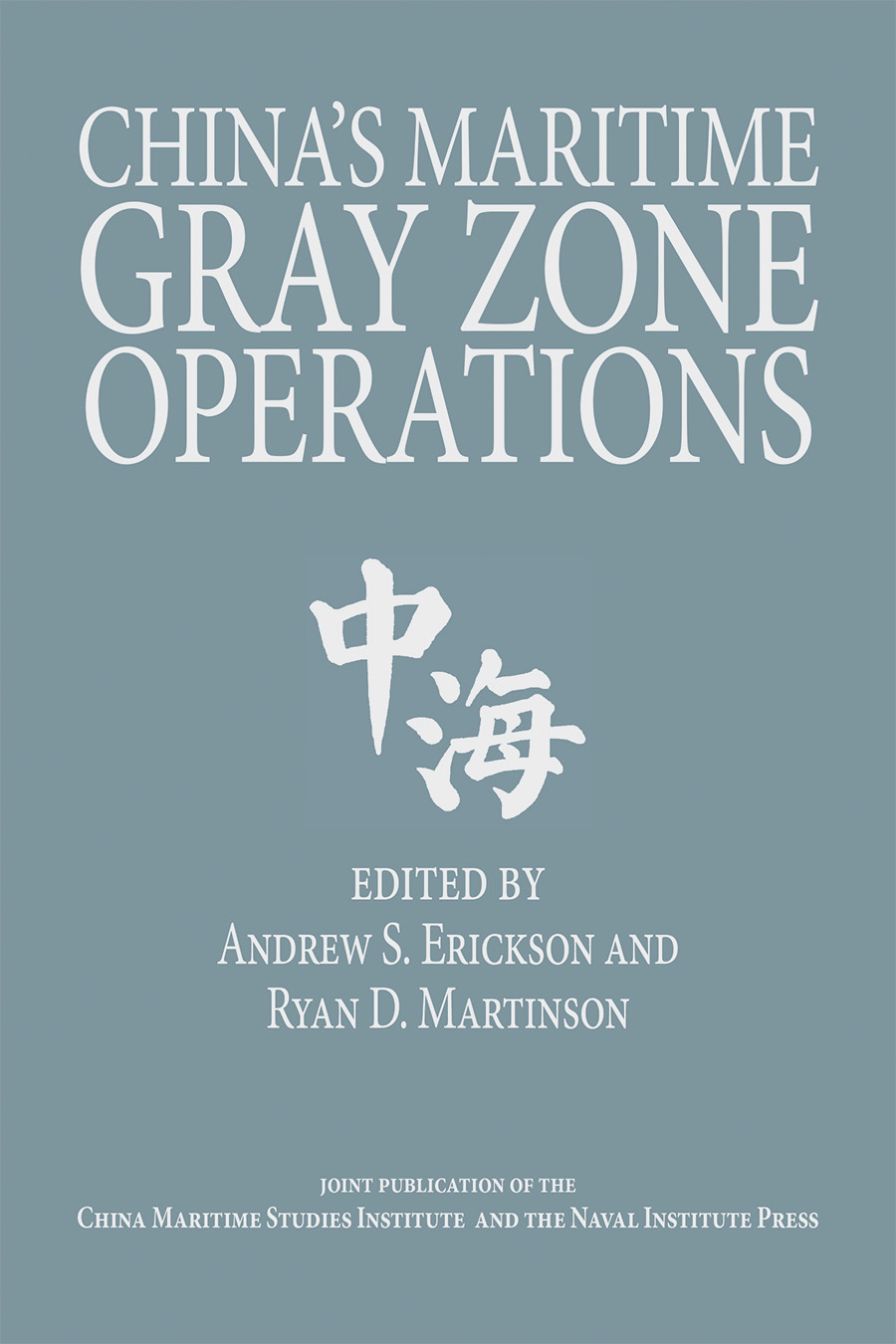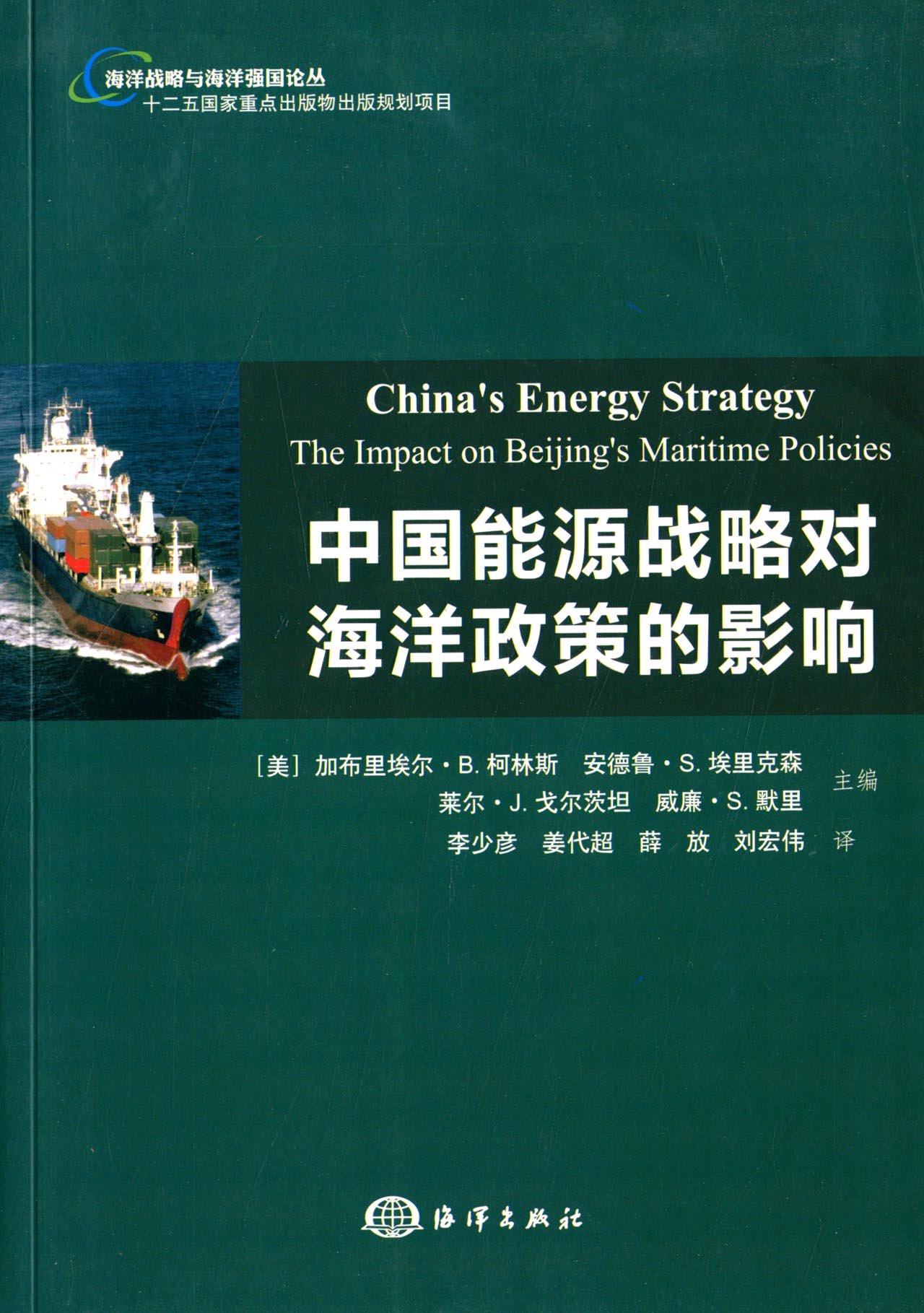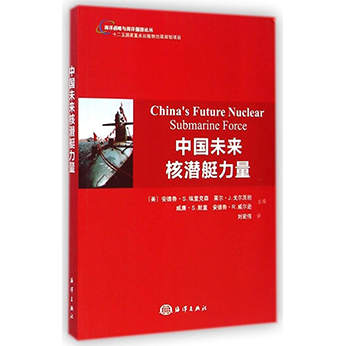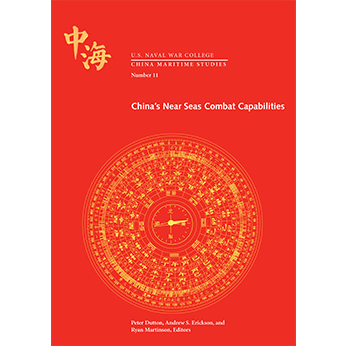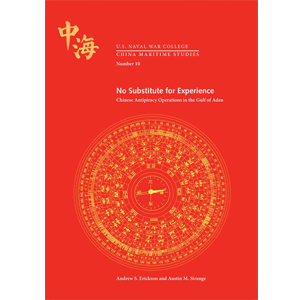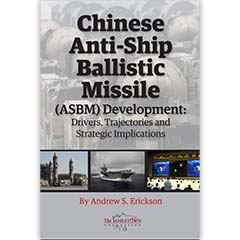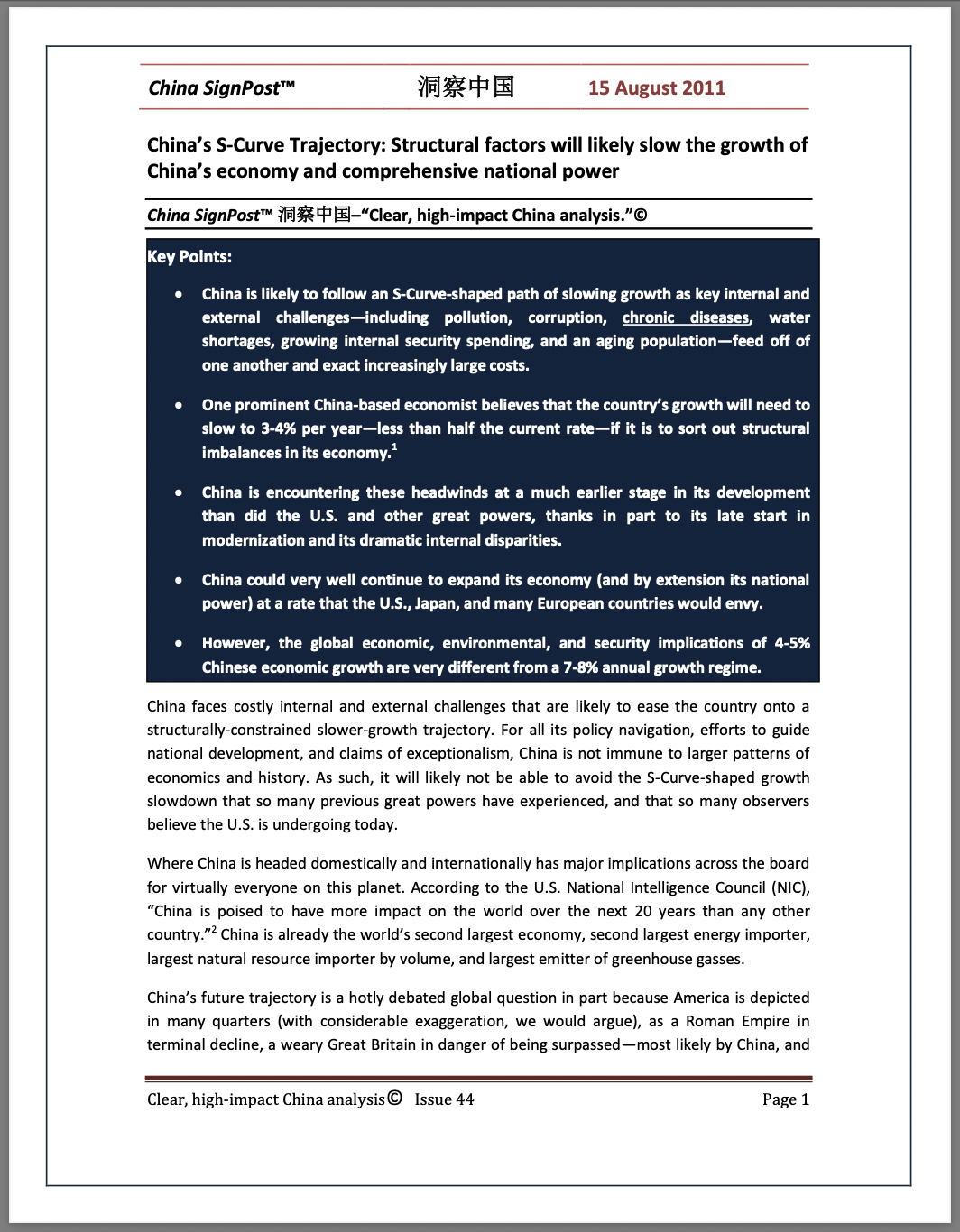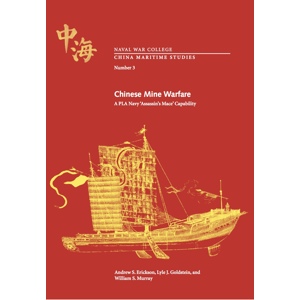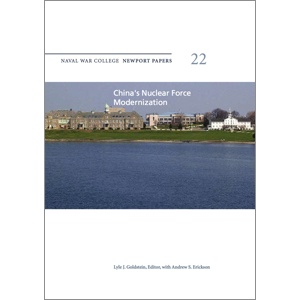China’s Military Power: The Capability Forest Beyond Corruption Trees
Andrew S. Erickson, “China’s Military Power: The Capability Forest Beyond Corruption Trees,” 19FortyFive, 20 December 2024.
This week, the Department of Defense released its twenty-fourth annual China Military Power Report (CMPR). Here are the most important revelations from its 182 pages that informed professionals need to know.
China’s Military Might, Explained
China’s armed forces are massive, well-funded, and modernizing rapidly. The People’s Liberation Army (PLA) is the world’s largest military force, with 2.035 million active, 510,000 reserve, and 500,000 paramilitary personnel. It is funded by the world’s second largest defense budget, which the Pentagon estimates at $330-450 billion in actuality, and further supported by the world’s fourth greatest arms sales. Two things are true at once: China’s military remains riddled with corruption, but is nevertheless engaged under Xi in the most dramatic military buildup seen since World War II. If Xi and his Party Army were as discombobulated as some preoccupied with the latest PLA “palace intrigue” imagine, there’s no way they could be building, deploying, exercising, and preparing the way they clearly are. The report documents numerous elements of that tremendous progress, allowing readers to see for themselves the lush capabilities rainforest flourishing feverishly despite widespread putrefaction and some rotten corruption trees. … … …
Conclusion: Don’t Miss the Forest for the Trees
So much depends on how a problem is framed. Analysts of China’s military should not miss the forest for the trees. If Xi and the PLA were in the disarray that some myopically focused on their system’s chronic corruption imagine, there’s no way China’s military could be developing, deploying, exercising, and otherwise preparing in the ways that the CMPR chronicles. Instead, Beijing is clearly continuing the most dramatic military buildup since World War II. That’s the overwhelming reality we ignore at our peril. The proof is in the pudding, and the Pentagon just served up the biggest public dessert of the year.
How best to prepare these great and growing military forces to “fight and win” against the most capable of opponents is an area of complex challenges but unremitting effort. China is additionally developing significant enabling capabilities in the space, electromagnetic, and cyber domains. How best to support and organize them is a continuing area of focus for Xi. Having created the Strategic Support Force as part of his sweeping military reforms in 2015-16, Xi disestablished it on 19 April 2024. He has reassigned its subordinate forces, the Aerospace Force and the Cyberspace Force, directly under the Central Military Commission. To these, he has added a new arm: the Information Support Force.
This is one of many important examples of Xi’s unstinting determination to meet the requirements of his Centennial Military Building Goal of 2027—his capabilities development deadline for his armed forces to offer, in important part, a full battery of military operational capabilities against Taiwan. Xi’s extreme ambitions face commensurate difficulties, and the United States—together with Allies, partners, and friends—still have options to bolster defenses and deter aggression. But margins are growing thin, and time is running out.



